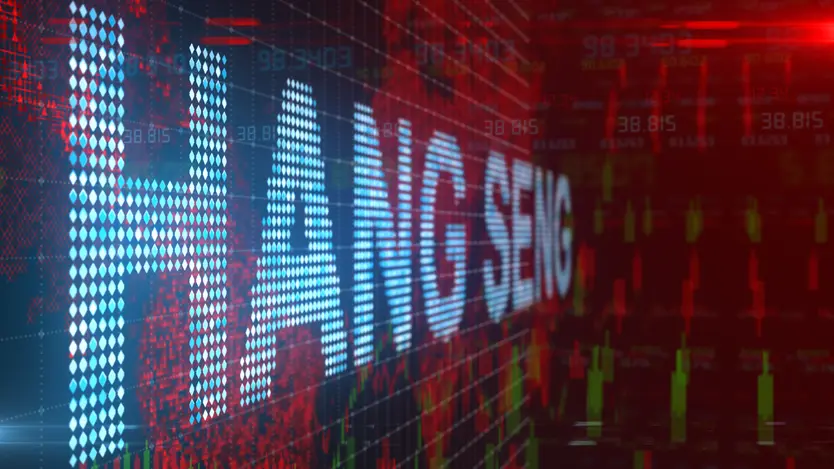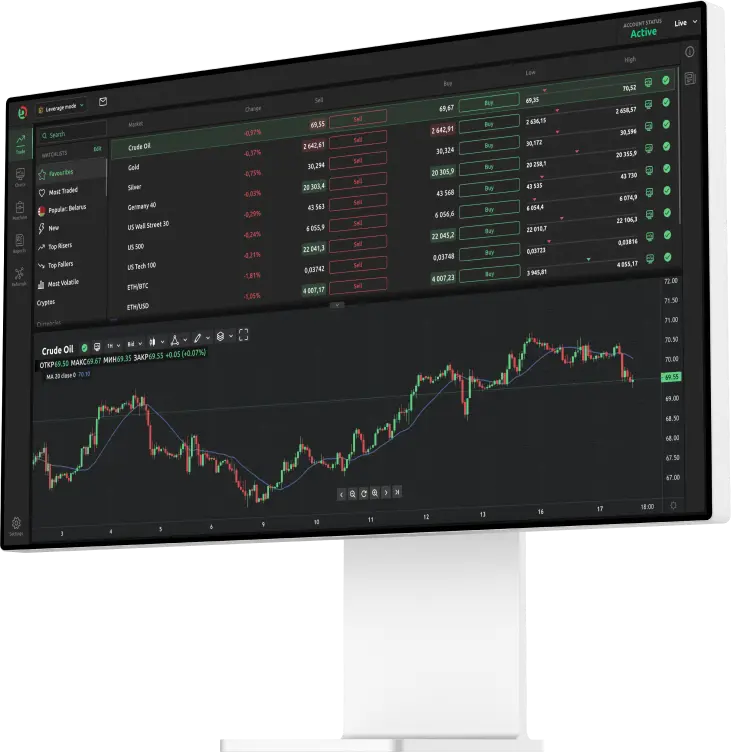An index of the largest companies trading on the Hong Kong Stock Exchange

The Hang Seng is an index of the largest companies trading on the Hong Kong Stock Exchange in terms of market capitalisation. It reflects about 65% of total activity on the exchange, which is one of the biggest in Asia.
The Hang Seng Index (HSI) was founded back in November 1969 with a base of 100 points, and the index can be compared to the likes of London’s FTSE 100 and New York’s S&P 500. Named after the Hang Seng bank, it tracks a total of 50 companies and is the most widely quoted barometer of the region’s exchange.
How the Hang Seng works
During the 1980s, the HSI launched four sub-indices designed to split the stocks being tracked into distinctive sectors: finance, properties, utilities, and commerce and industry. Some of the best-known brands that have a presence in the index include the international banking giant HSBC, and the Chinese conglomerate Tencent, a company often dubbed China’s Facebook for its flagship app, WeChat.
As with other indexes, constituents in the HSI are weighted based on their market capitalisation – however, the maximum weighting is capped at 10% to ensure that major movements in one stock don’t have an exaggerated influence on the rest of the index’s performance. Along with HSBC and Tencent, other large constituents include the AIA insurance group, China Construction Bank, and the Industrial and Commercial Bank of China.
Hang Seng’s all-time low actually happened in 1967 – more than two years before the index officially launched. This was only made possible because the index was backdated by five years to 1964. Its all-time high came at the start of 2018, when it exceeded 33,000 points. These considerable rises synchronised with a surge across global markets, and coincided with corporate tax cuts introduced by Donald Trump, as well as investment schemes that contributed to new flows of cash from Mainland China.

